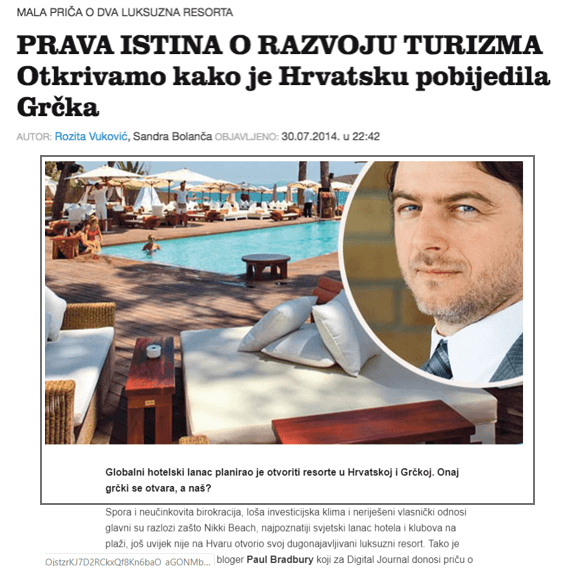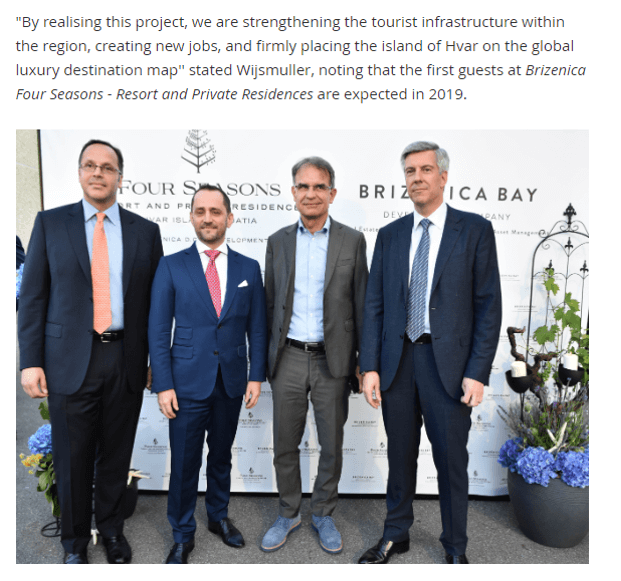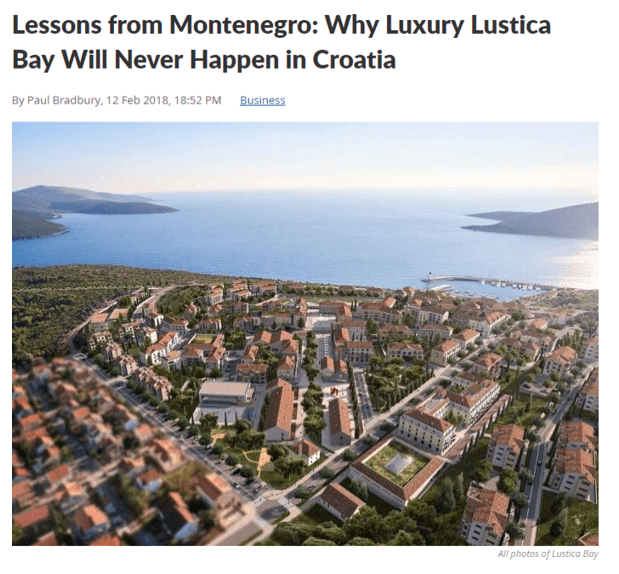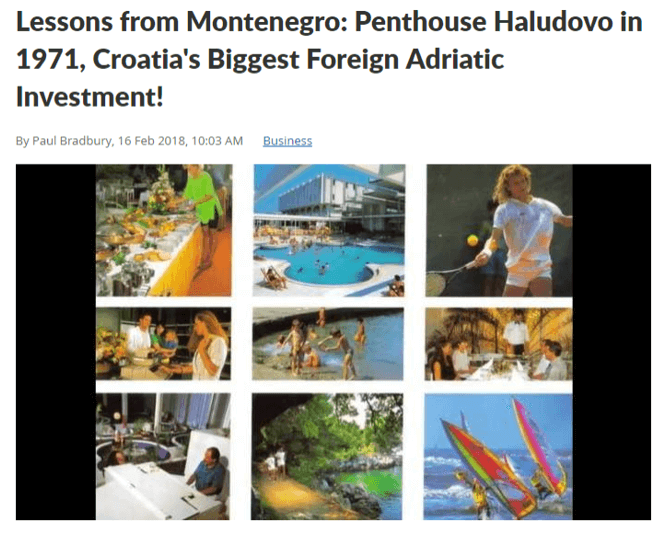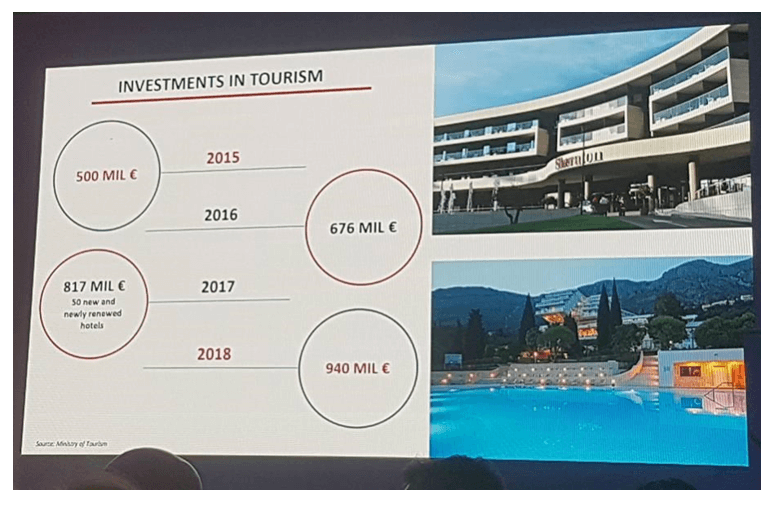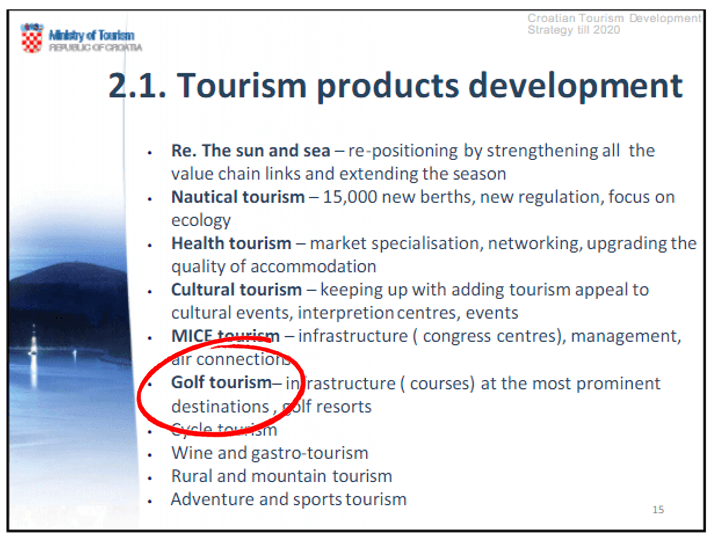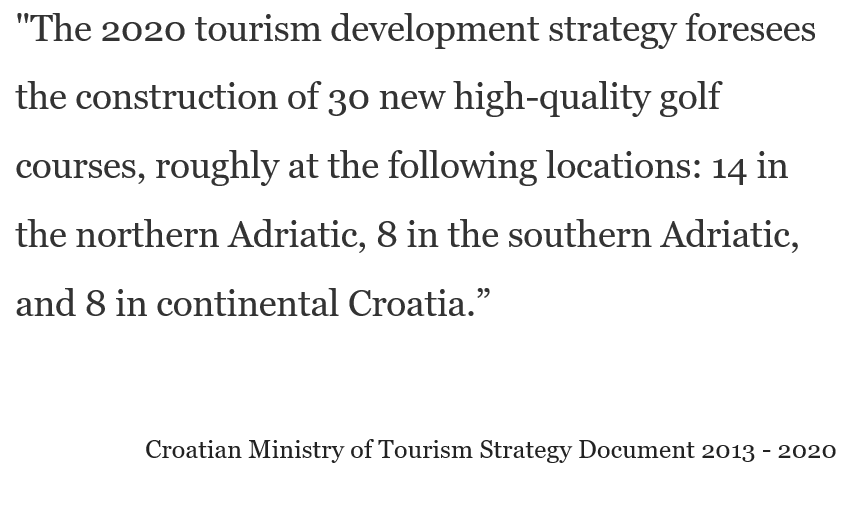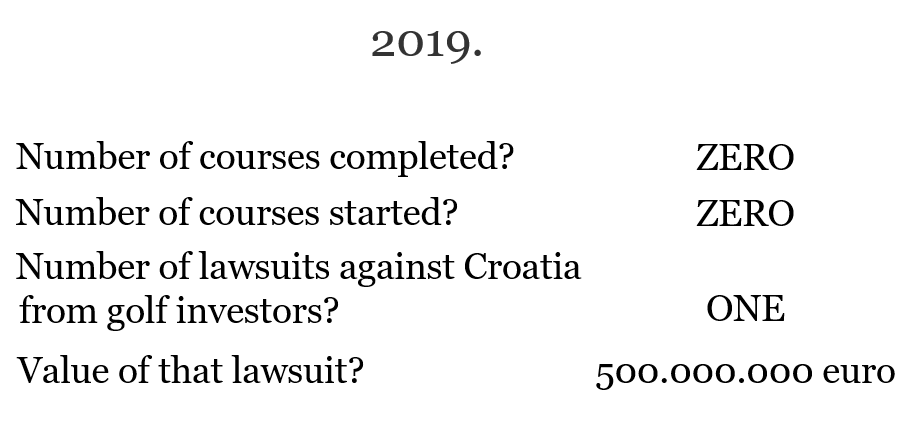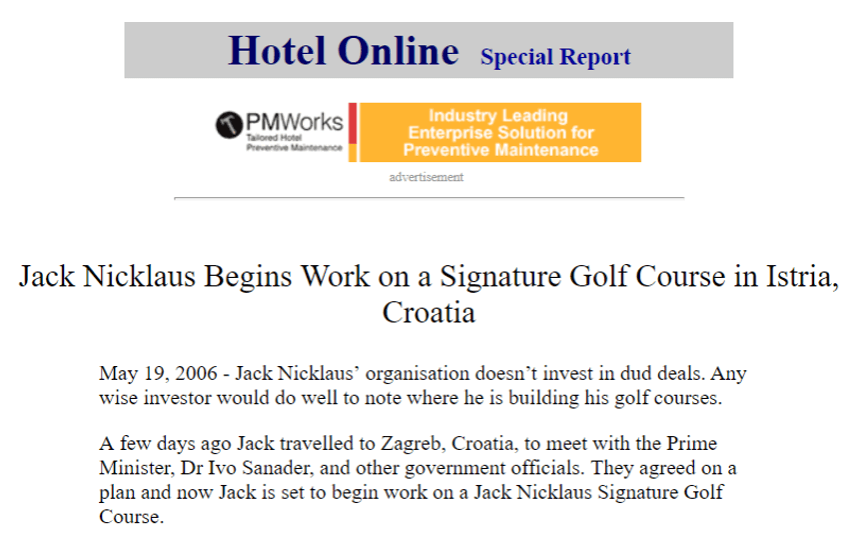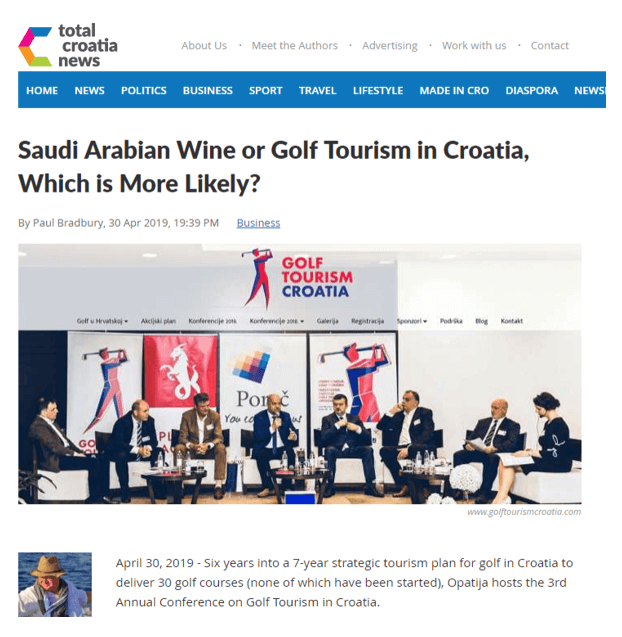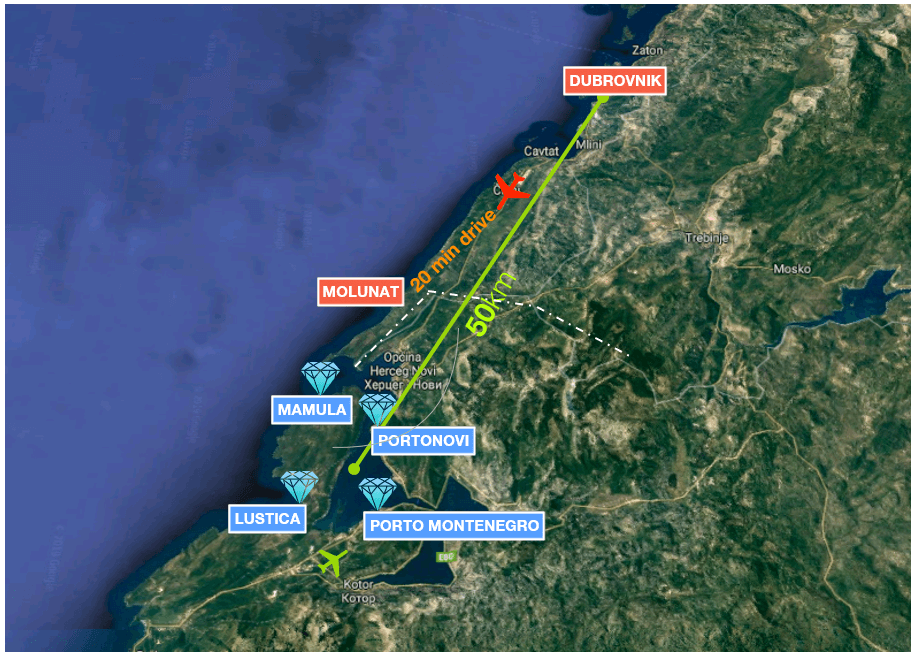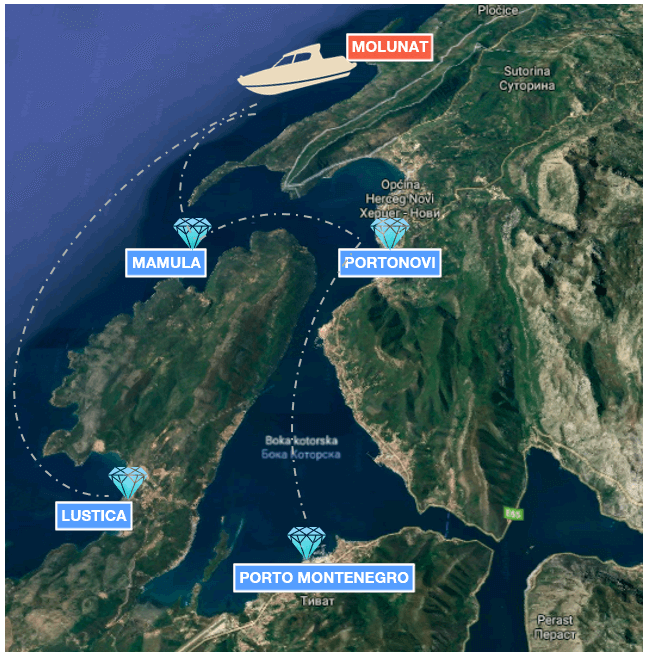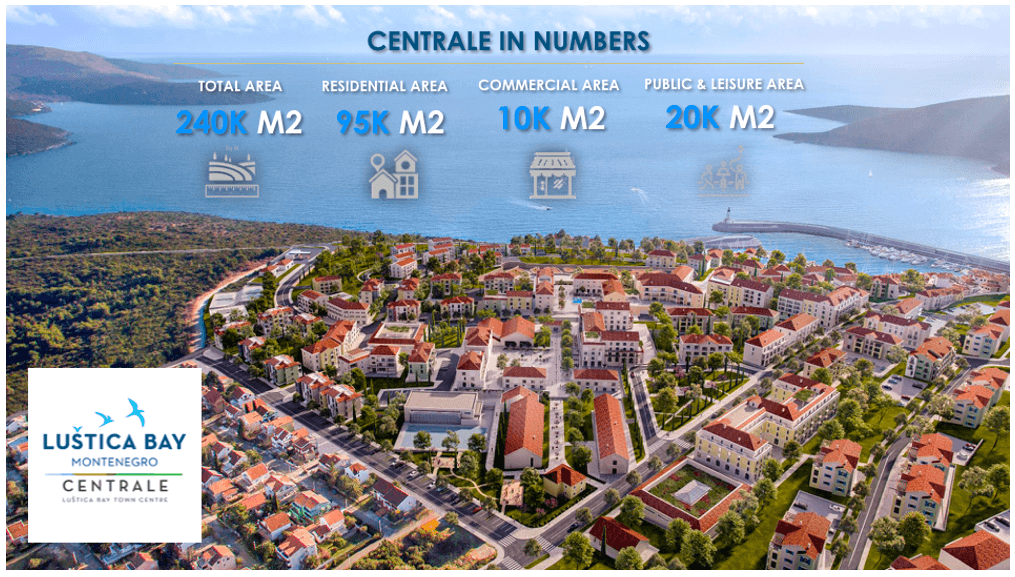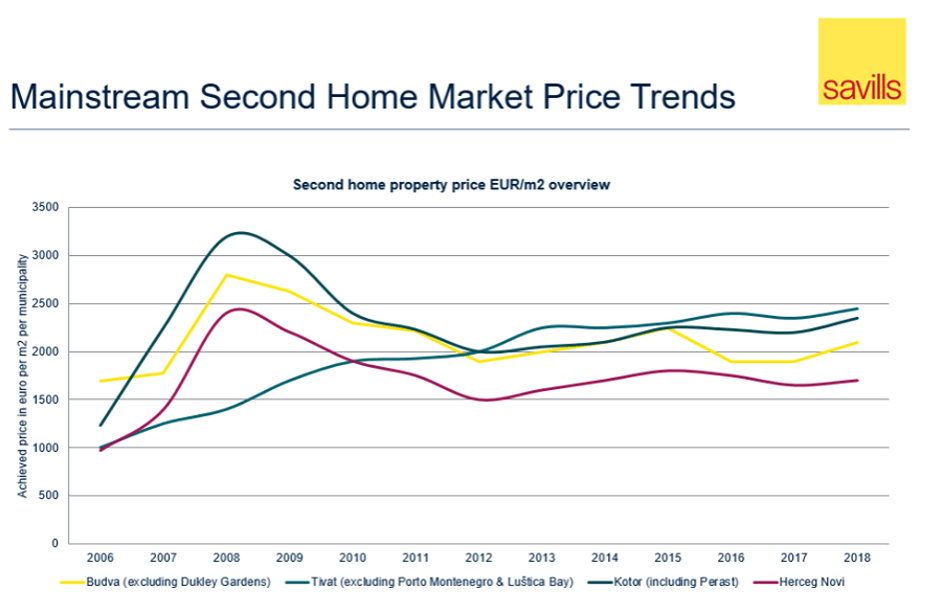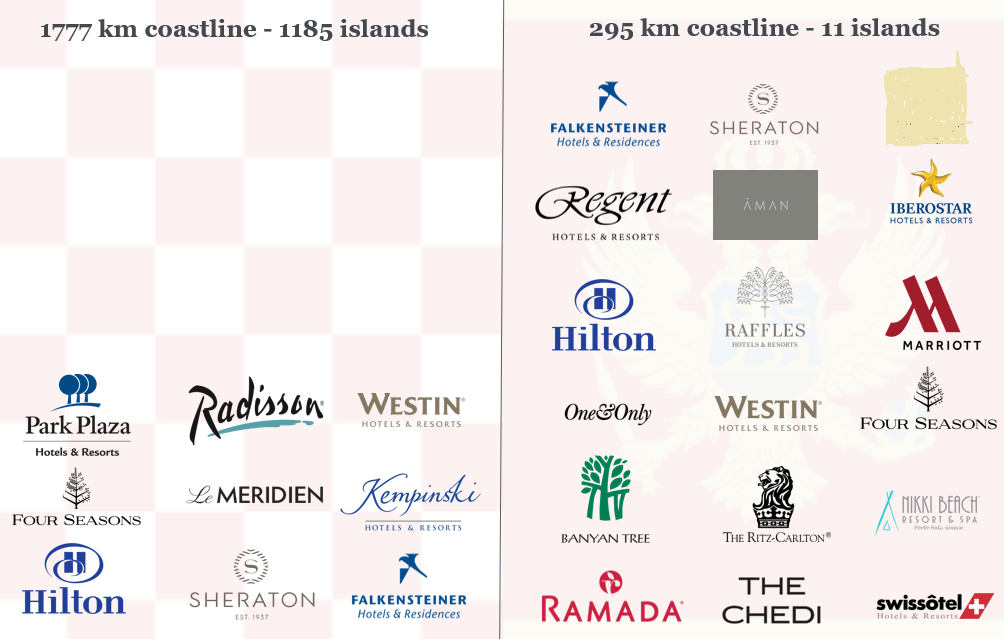InvestEu Programme, Worth €372 Bn, Presented
ZAGREB, 5 May 2022 - The €372 billion InvestEU programme, providing the Croatian private and public sectors with opportunities for green and sustainable investments, innovation and new jobs, was presented on Thursday at a conference by the European Investment Bank and European Commission Representation in Croatia.
"InvestEU aims to provide more than €372 billion to public and private investors in the European economy in the period from 2021 to 2027. These investments will be enabled based on an EU guarantee of €26.2 billion, which will be used to support investments by InvestEU implementing partners such as the European Investment Bank (EIB)," it was said at the conference, organised by the EIB and European Commission (EC) Representation in Croatia in cooperation with the Croatian Chamber of Commerce (HGK).
The InvestEU programme builds on the successful model of mobilising investments, introduced by the Investment Plan for Europe, or the Juncker Plan, and combines the European Fund for Strategic Investments (EFSI) and 13 other EU financial instruments.
As a member of the EU, Croatia has an opportunity to accelerate its green and sustainable development based on long-term financing to be provided by InvestEU, primarily through investments in digital infrastructure, innovation, technology and skills, the EIB said in a press release.
This will empower citizens and EU economy with new generation technologies and accelerate the implementation of the EU Green Deal and "mobilise private investments for the EU's policy priorities such as the European Green Deal and the digital transition," the bank says.
The conference, held for representatives of state, public and private sectors, was addressed via video link also by Finance Minister Zdravko Marić.
The event discussed opportunities InvestEU provides and its priorities, components and available financing as well as consultancy in identifying and preparing projects, provided by the EIB Group as the lead implementing and advisory arm of the InvestEU programme.
InvestEU consists of three building blocks: the InvestEU Fund, the InvestEU Advisory Hub and the InvestEU Portal.
EIB Vice-President Teresa Czerwinska said the programme will provide a significant stimulus to investments in many critical areas of the economy throughout the EU.
The programme is a key element of what so far is the EU's largest package of measures that will boost recovery from the COVID pandemic and will help build a greener, more digital and more resilient European economy, Czerwinska said, adding that InvestEU will also help Europe meet new challenges, including those related to the war in Ukraine.
The EIB will be a vital component in implementing the programme, which will increase investments in clean energy, education, digitisation and urban infrastructure, she said, calling on Croatia's public and private sectors to learn how to absorb as much funding as possible from this programme in cooperation with the EIB.
For more, check out our politics section.
Investing in Croatia v Montenegro: A 15-Year Foreign Resident View
May 21, 2019 - TCN spoke at two real estate conferences last week - Filipovic in Zagreb and FREI in Budva - looking at the realities of investing in Croatia v Montenegro. An overview of the presentation.
I have been living full-time in Croatia since 2003 and - like many foreigners who came - have dabbled with real estate during my time here. Apart from buying a home, I have also bought and sold real estate in various countries in the region, as well as having my own real estate agency for a while. While I have not been actively involved with real estate for a number of years, it is an area I have been following as a writer since my arrival, firstly as an investor and now as a writer. But I was more than a little surprised (and flattered) to be invited to speak at both the Filipovic Real Estate conference in Zagreb and FREI in Budva on my experiences and observations of investing in Croatia v Montenegro over the last 15 years.
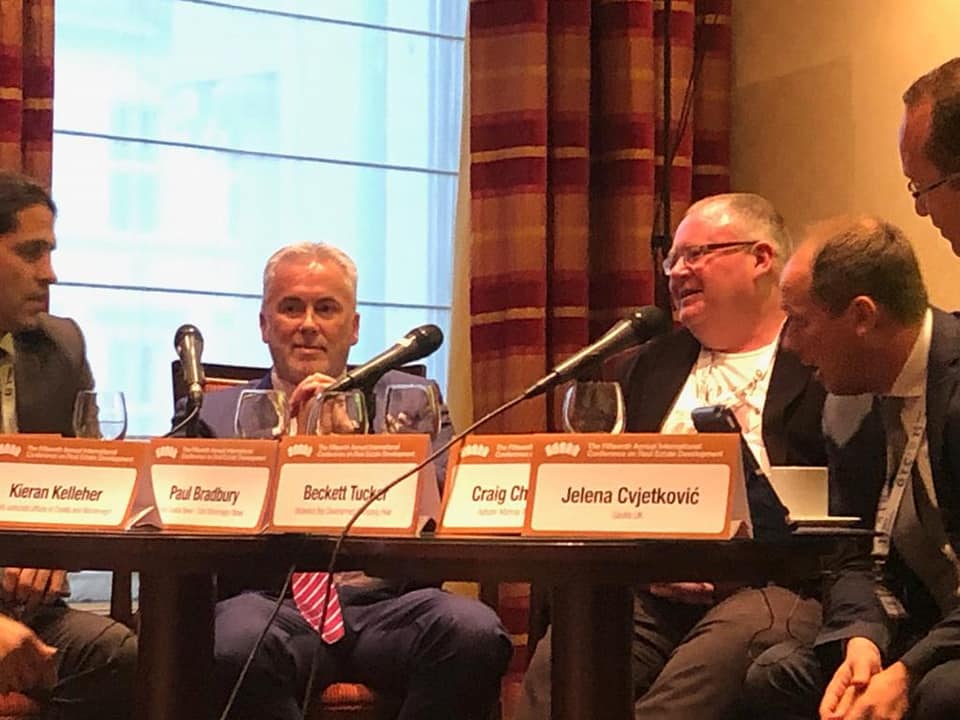
I will confess to feeling a little out of my depth as I found myself sharing a panel which included presentations from Savills of London, Porto Montenegro, Four Seasons Hvar and Savills Croatia, who all gave great presentations on aspects of the market and their own projects. The panel went very well, and I have decided to put my presentation online (you can see it at the bottom of this article), as it offers a snapshot of what is - and what is not - happening in Croatia and Montenegro.
While my experience is mostly in Croatia, I have been a regular visit to Montenegro since 2001. It did not take long to notice that a pattern was emerging. It started on the island of Korcula in 2004, when a huge marina and residential complex was announced. Off-plan sales were brisk, but then...
Nothing happened. And the project faded into a distant memory. And it happened again, and again with other big announcements. And nothing ever happened.
At first, I thought it was a Balkan thing, but then I came across a direct comparison between Croatia and Greece. I wrote an article at the end of July 2014 for a Canadian Google News website called Croatia and Greece: A Tale of Two Nikki Beach Resorts, which became front-page news in the Croatian media the next day. The story focused on two planned Nikki Beach resorts with similar timeframes, but very different outcomes. The investors in Greece bought the land with an old hotel on it back in 2006. In 2010, they announced that they would open on August 1, 2014, which they did.
Meanwhile in Croatia... Norwegian investors bought land on Hvar - or thought they did - back in 2007. Seven years later, they were still trying to resolve ownership issues.
Five years later, I wrote another article, this time for TCN, called A Tale of 3 Nikki Beach Resorts: Croatia, Greece and Montenegro. So successful was the Greek venture that another Nikki Beach resort was announced for Greece, as well as the first one in Montenegro.
Meanwhile in Croatia... they are still trying to resolve ownership issues, some 12 years later.
But it is not just the Nikki Beach project on Hvar - there are big projects up and down the coast of Croatia which are blocked. TCN will soon publish a map of them all to show the scale of the problem. Last year, Croatia allegedly got 1.5 billion in foreign investment, a number which is dwarfed by the billions in investment waiting for the permits on the coast. And for those who say that such developments are not necessary and Croatia is preserving its coast, that is a different discussion and an argument which has merits. But then stop allowing foreigners to buy and not build - it only serves to trash Croatia's reputation as an investment destination.
Above, second on the right is Minister of Tourism Gari Capelli, at the presentation of the Four Seasons Hvar showroom east of Zagreb in June 2017, an event I attended. It was a great event, and Minister Capelli talked of the 140 million euro project which would be opening its doors to its first guests in 2019, or about now.
The project still does not have a building permit. Minister Capelli is still the minister in the same government. If a minister can announce a major project and nothing happens, what hope is there for the rest of us?
I began to think it was a Yugoslav thing, that is until I went to visit a friend in Lustica Bay in February last year. I knew all about Porto Montenegro, of course, a true pioneer in the region. But Lustica Bay blew me away, a 7 million m2 project which would have 7 luxury hotels, 2 marinas, a new village of 2,500 people and an 18-hole golf course. And it was happening.
I must confess that I laughed when my friend told me that the luxury Chedi hotel would open 5 months later - there was almost nothing there, and this was the Balkans, baby - but open it did in July 2018. Check out the opening party below.
I wrote an article called Lessons from Montenegro: Why Lustica Bay Will Never Happen in Croatia.
Because - unless there is radical change in Croatia, and Croatia starts to treat its foreign investors with respect, it never will. Croatia has SO much more potential than Montenegro, but Montenegro is SO much further ahead.
But the visit got me thinking. If the Egyptians were investing 1.1 billion euro in Lustica, the Azeris 900 million in Portonovi, and Canadian Peter Munk the pioneer of what has become a half a billion euro investment in Porto Montenegro, what was the biggest successful foreign investment on the Croatian coast?
I contacted the Croatian investment agency and the ministry, but nobody seemed to know. After a little research, I found out that the biggest investment was back in 2011, when Falkensteiner Punta Skala opened north of Zadar. 8 years ago.
This was followed by Sun Gardens Dubrovnik at 150 million euro. 10 years ago.
But the largest foreign investment in 2018 dollars was all way back in 1971, when Tito teamed up with Penthouse to create a luxury casino and gin palace on Krk. Investment in today's money - US$250 million.
Ironically enough, today Haludovo Palace is a ruin. You can read more about it in my second Lessons from Montenegro article.
It would not be true, however, to say that no hotels are being built in Croatia. They are, but mostly through Croatian companies, either partly or wholly locally owned, such as Valamar, which are doing very nice business indeed.
I went to the Hotel Adria forum in Zagreb last year, and it gave me one more piece of the jigsaw. There were two presentations by Croatia and Montenegro on tourism investment opportunities. While Montenegro gave a clear outlook on what they had achieved and where they were going, the Croatian presentation was an embarrassment (how hard is it to spell the word 'accommodation' correctly for a hotel investment conference?).
Among the many numbers thrown out at the conference was this one, above - 940 million euro in tourism investments for 2018, up on previous years, and an impressive slide. With nothing happening, I was curious what that number included. So I checked with the officials and was told that this number includes Hotel Belvedere in Dubrovnik and our old friend, Four Seasons on Hvar. Nothing happened with either in 2018, and nothing will in 2019, so the number is already down to 640 million right there.
But the number doesn't change - it was presented again at the diaspora tourism conference in Split last week.
Lots of strategy documents, lots of hype, conferences are essential, and meaningless numbers that have little relation to reality. Repeat them often and create the impression that Croatia is moving ahead very nicely indeed.
When nothing is actually happening.
The best example I can give you to illustrate my point is golf. But this could be several other sectors, but none shows it better than golf.
The year is 2013, and Croatia's latest strategic plan is unveiled to the world by the Ministry of Tourism.
When I asked for clarification on what this meant, The Ministry of Tourism sent me this. 30 courses - very impressive.
So how is it going?
We are six years into the 7-year plan, and it will be a pretty late finish to achieve the plan's goals, as you can see from the current status, above.
But we are getting ahead of ourselves in 2013. Let's go back to 2006 when the biggest name in golf, Jack Nicklaus, flies into Zagreb to be met by Prime Minister Ivo Sanader (now in prison, unfortunately), and a 200-million-euro golf course is announced in Istria, a project called Porto Mariccio.
You guessed it - nothing happened.
And if you have the biggest name in golf publicly backed by the prime minister and a 200 million investment, you gotta think you have a chance, no? And if that doesn't happen, what chance for an investor who is not buddies with the PM or a golfing icon?

You might think that Jack's little project disappeared, but that would be to forget the strategy of looking busy. Here is Porto Mariccio, alive and well in the Ministry of Tourism's plan 2017 action plan. Eleven years after Jack left the building, the project apparently has investors and is waiting for paperwork issues.
And so with nothing happening for at least 13 years, how do you keep the story going?
The third annual Croatian golf tourism conference was held in Opatija last month. I was really sad I couldn't make it, for I am fascinated to hear what they talk about.
But back to Croatia and Montenegro, as we launched Total Montenegro News last year, which has meant me taking a greater interest in what is happening down there.
The Chief Sales Officer of Portonovi gave me a tour of the project near Herceg Novi a few weeks ago. While Lustica Bay is a project of 1.1 billion euro on 700 hectares, Portonovi is investing 900 million in just 27 hectares. My immediate question was this:
"With so many high-spending guests, how are you going to get them here from Dubrovnik Airport going through that terrible border and peak season traffic."
And when the answer came, the penny dropped. And suddenly the map of tourism changed for me.
"It is very simple," came the answer. Over there is our customs house and passport control, so a speedboat from Dubrovnik city takes 45 minutes. Over there is our helipad, so the transfer takes minutes. And we will also have a transfer to Molunat, the last village in Croatia, from the airport, then a quick boat transfer to Portonovi."
And there it was - the new centre of upscale tourism on the Adriatic. Served by two airports bringing in about 3.5 million tourists a year (Tivat and Dubrovnik), the speedboat options connects the UNESCO bay of Kotor, Kotor old town, the pioneering Porto Montenegro, Portonovi, the seven luxury hotels, village, marinas and golf course of Lustica Bay, as well as Mamula when it opens in 2021. AND there is a bonus of a day trip to Dubrovnik for free. As I wrote previously, Dubrovnik is becoming a de facto extension of luxury tourism in Montenegro.
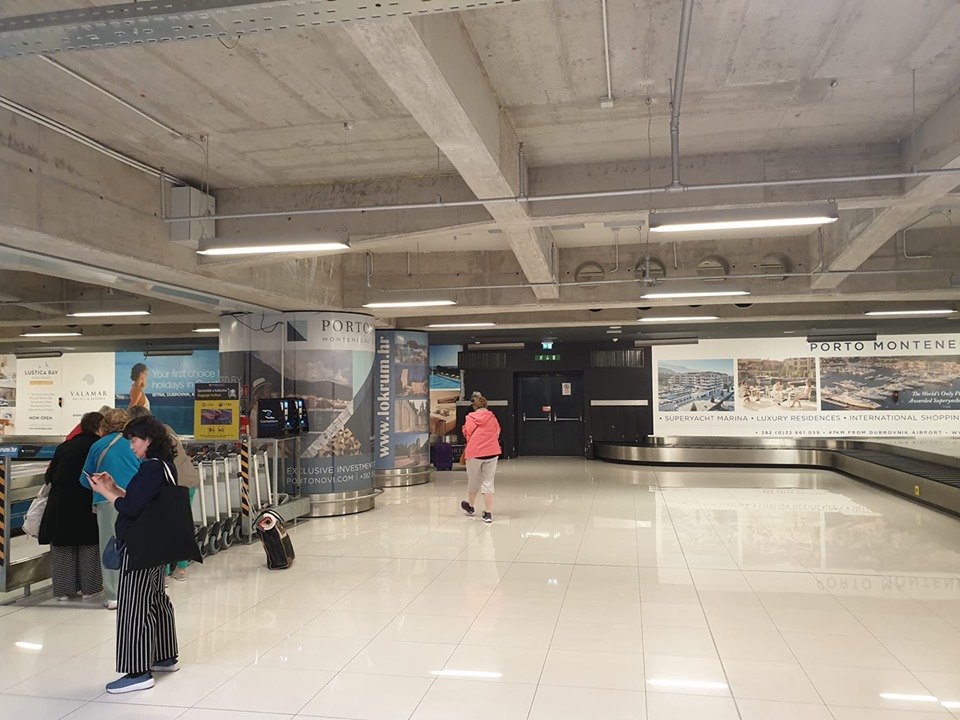
And if you need proof of that, check out the advertising at Dubrovnik Airport, as I did as I flew between the two conferences last week. Porto Montenegro, Lustica Bay, Portonovi.
There is another big difference between developments in Montenegro and Croatia. While Croatia is building apartments, Montenegro is building communities. Porto Montenegro was the pioneer, and it now has a 12-month lifestyle. 15 years ago, it would have been laughable that people would go to Tivat from Dubrovnik for the weekend, but that is exactly what is happening in the winters when Dubrovnik is relatively dead.
There is also a perception that Montenegro is a Russian playground, which it was, but no longer. The Lustica Bay village Centrale is under construction, and the sales info makes interesting reading. Of the 36 countries which have bought so far, the largest group is from Germanic countries such as Germany, Austria and Switzerland, followed by the Middle East. In 2018, 25% of all buyers were from Montenegro and Serbia.
I am very grateful to Savills for use of this slide looking at the Porto Montenegro effect on Tivat. In addition to making money for itself, it has also raised the value of real estate in the town. Once at the bottom of the real estate league table with Kotor, Budva and Herceg Novi, today it is at the top. With Portonovi opening, will the same thing happen to Herceg Novi?
One final indication of what is and what is not happening with investing in Croatia and Montenegro is the area of luxury hotel brands. Croatia has 1,775 km of coastline and 1,185 islands, compared to Montenegro's 295 km and 11 islands. So in theory, one would expect 6 times more activity in Croatia.
Whereas in reality... I may not have got every foreign brand in, but I did check with experts and they are comfortable with this list below.
Croatia has SO much potential, but unless we start to recognise the problem and address the issues, nothing will change.
Still thinking of investing in Croatia? Check out the Total Croatia guide on doing business.


